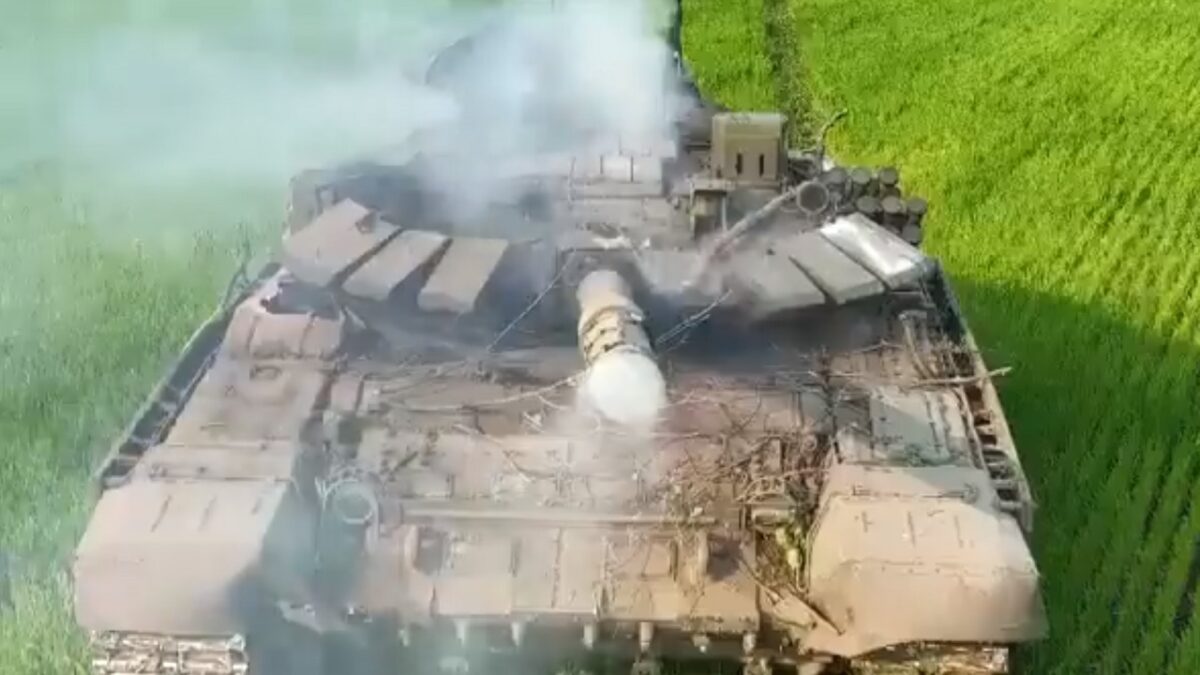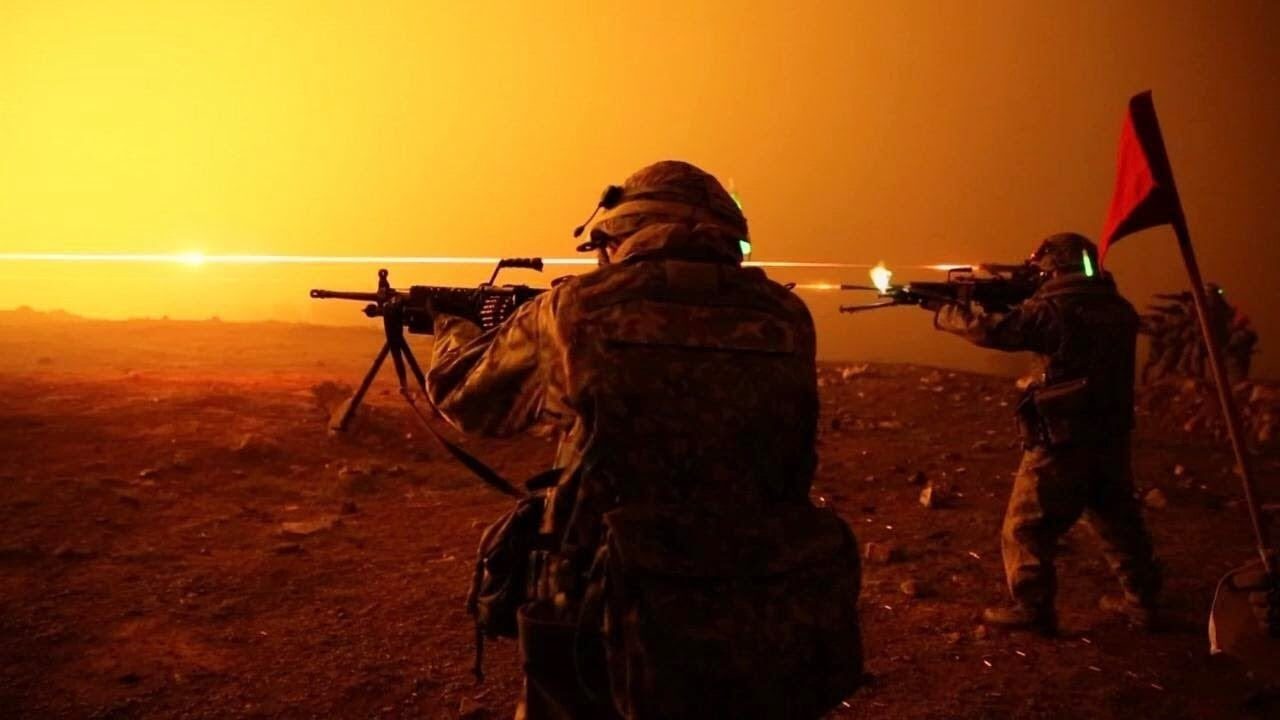Expert Analysis by Russia Scholar Wesley Culp: Despite Ukrainian claims of a forthcoming offensive towards the Russian-occupied city of Kherson, Ukraine’s forces have struggled to launch an offensive at a scale that threatens Russia’s grip on the city in the immediate future.
What is the Battle of Kherson, and Why Does it Matter?
Today, Kherson is the largest city to have been captured by Russian forces over the course of the invasion. Kherson, which is located near the mouth of the Dnieper River in Ukraine’s south, was seized by Russian forces on March 2, making it one of the first cities to fall over the course of Russia’s invasion which began on February 24. Kyiv attributed much of the blame for this defeat to the ineffective leadership of former SBU head Ivan Bakanov, whose missteps allegedly helped Russia quickly seize the city in the opening days of the war. Bakanov was subsequently removed by Ukrainian President Volodymyr Zelensky on July 17.
Since then, Russia’s occupation forces in the city have been focused on putting down roots in occupied Kherson and its environs. Russian state media has reported on how Russian-installed authorities in the region have begun issuing Russian citizenship, passports, drivers licenses, and vehicle registrations in Kherson Oblast, thereby integrating elements of the local population into the structure of the Russian government. While Russia has sought to portray this process as a surge of support for Russia’s occupation, it is more likely that such actions are intended to lay the groundwork for so-called “referendums” to take place in Kherson and other occupied regions of southern Ukraine to facilitate their annexation into Russia.
Kyiv is likely anxious to prevent Russia from tightening its grip on the occupied regions for any more time than it already has. Ahead of a promised offensive towards Kherson, Ukraine’s armed forces have struck a variety of bridges which connect Kherson and its surrounding Russian-controlled areas to the west with the rest of Russian-occupied territory in southern Ukraine over the past few weeks, which threatens to logistically challenge Russian forces operating there. Ukrainian forces have also conducted a series of strikes on Russian ammunition depots and staging points behind Russian lines to intensify the logistical challenges facing Russian troops. Despite Ukraine’s general refusal to claim or acknowledge any role in the August 9 strike on the Saki airbase near the Crimean town of Novofedorivka, two anonymous Ukrainian officials speaking to Politico even went as far as to say the strike was the signal of the start of a Ukrainian offensive towards Kherson.
Current State of the Kherson Offensive
However, despite the significant effort Ukraine has reportedly made to shape a possible future battlefield in or around Kherson to its advantage, Ukraine’s announced counteroffensive appears to be facing major headwinds. An August 14 report by The Economist highlighted that Ukraine’s window of opportunity for an offensive towards Kherson has likely passed, and that Ukrainian forces would be giving up many of the innate advantages of the defensive war they have fought to date, which could exhaust Ukraine’s fighting capability for some time. Ukrainian military leaders have noted that Russia has been repositioning forces from the fighting in Donbas to take part in the defense of Kherson in recent weeks, while some even speculated that Russia may try to make offensive actions of its own in the area.
While this offensive has not materialized either, Russia has likely built up sufficient forces to repulse any attempt at an offensive undertaken by the forces Ukraine currently has stationed in the area. According to the Institute for the Study of War’s August 14 report, Russian forces around Kherson include units from all over the Russian Armed Forces, including forces from the Eastern and Southern military districts, the Black Sea Fleet, Rosgvardia, and Russia’s Airborne Forces, a result of Russia’s rapid repositioning of forces to the area. However, while Ukrainian forces face significant obstacles which would threaten their chances of a successful offensive, Ukrainian strikes behind Russian lines with long range artillery systems such as HIMARS as well as guerilla and special forces attacks could tie down Russia’s attention enough to prevent Moscow from launching a renewed attack of its own along the lines near Kherson, and ensure that its occupation force remains perpetually unsettled. Ukrainian strikes on vital elements of Russia’s logistics system in and around Kherson could further constrain Russian forces.

Video screenshot of a Russian T-72B3 tank on fire and a second decapitated tank by Ukraine’s 93rd Mechanized Brigade.
While Ukraine may have been forced to reconsider the timeline of its counteroffensive towards Kherson because of Russia’s reinforcement of its positions around Kherson, a new stalemate threatens to set in around the city, where neither side is capable of breaking the defenses of the other. However, since Kherson would need to be held by either side if they were to convincingly declare victory, it is unlikely that the latest Ukrainian counteroffensive attempt towards the city will be its last.
Wesley Culp is a Research Fellow at the Center for the Study of the Presidency and Congress. He regularly writes on Russian and Eurasian leadership and national security topics and has been published in The Hill as well as in the Diplomatic Courier. He can be found on Twitter @WesleyJCulp.

